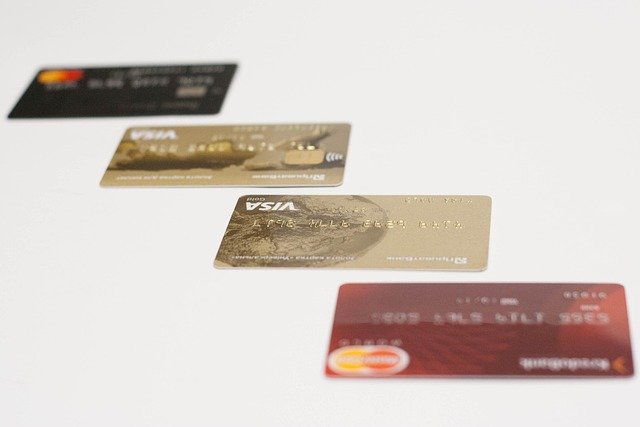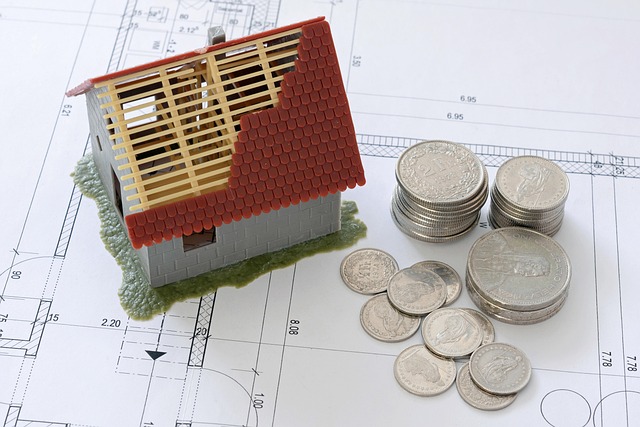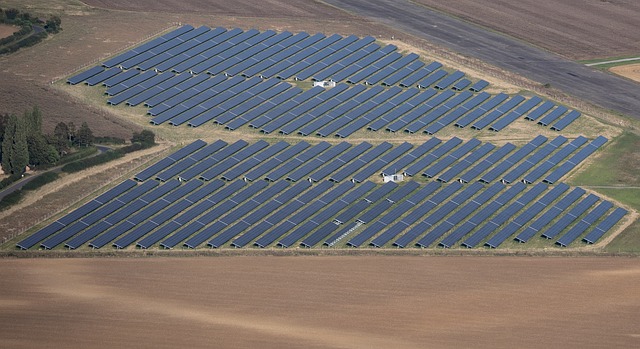Discovering the Hidden Charms of Pedal-Powered Travel
From the moment when Baron Karl von Drais invented the "running machine" in 1817, a contraption that eventually evolved into the modern bicycle, the world of travel changed. Initially used as a practical solution to horse shortage problems, cycling has since evolved into a well-loved sport, a fitness method, and surprisingly, a unique way to travel and experience the world. This article delves into the emerging trend of pedal-powered travel, its historical roots, contemporary developments, and the exciting possibilities it brings to the travel scene.
The Evolution of Pedal-Powered Travel
Bicycle touring, or bikepacking as it’s contemporarily known, isn’t a new concept. The advent of bicycles in the 19th century led to their use in exploration and touring. Thomas Stevens became the first person to circle the globe on a bicycle between 1884 and 1886. Despite the evolution of faster means of transport, pedal-powered travel has endured, finding a new resurgence in an era that values sustainable, immersive, and experiential travel.
The Rise of Bikepacking: A New Travel Trend
Bikepacking has become an increasingly popular travel trend in recent years. It combines the freedom of cycling with the adventure of self-supported, off-road exploration. Bikepacking offers the opportunity to escape the beaten path and experience landscapes at a more intimate and slower pace. It encourages travelers to immerse themselves in their surroundings rather than merely passing through, hence promoting a deeper connection with nature and local communities.
The Pros and Cons of Pedal-Powered Travel
Like any travel method, pedal-powered travel also has its advantages and challenges. Its major advantage is the freedom and flexibility it offers. Cyclists can stop whenever they wish, explore off-road tracks, and change their itinerary on the fly. It’s also a sustainable and healthy way to travel, with zero carbon emissions and plenty of exercise.
On the flip side, pedal-powered travel requires physical fitness and endurance. Weather conditions can impact plans, and cyclists need to be self-reliant, particularly on remote routes. Despite these challenges, many travelers find the rewards of cycling trips to outweigh the difficulties.
The Pedal-powered Travel Essentials
-
Invest in the right equipment: A robust touring bicycle, comfortable cycling clothes, a helmet, and a repair kit are essential.
-
Plan your route: Research routes, consider the terrain, and check weather forecasts before setting off.
-
Pack light: Only carry essentials to avoid weighing down your bike.
-
Stay Hydrated: Always carry enough water and remember to keep hydrating.
-
Practice: Before embarking on a long journey, do shorter rides to build up endurance and cycling skills.
The Impact of Pedal-Powered Travel
Pedal-powered travel encourages a more mindful way of traveling. It allows travelers to leave a minimal environmental footprint, promoting sustainable tourism practices. Moreover, it’s a way to challenge oneself physically and mentally, offering a sense of accomplishment that comes with completing a challenging journey.
In conclusion, pedal-powered travel offers a refreshing alternative to traditional travel methods. It encourages immersion, connection, and sustainability while challenging travelers to push their limits. The popularity of this travel style is a testament to the evolving desires of modern travelers, seeking unique and enriching experiences. As the world of travel continues to evolve, pedal-powered travel is a trend worth watching.





